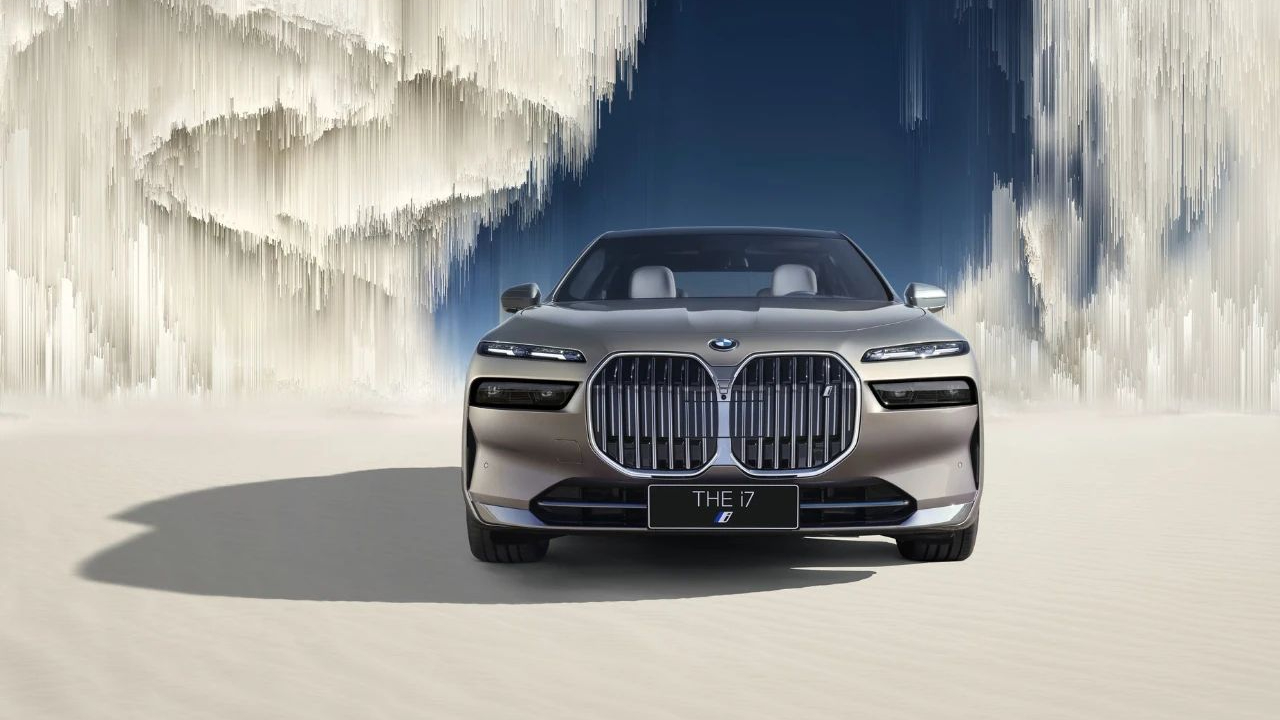Writing | Roomy
Editor | Zhou Changxian
Who is leading the next era?
This is a question that has been asked thousands of times and discussed more frequently than ever before. However, there is still no answer.
At first, the bold statement was made by German auto giants.
“No traditional automobile manufacturer is as consistent as us in sticking to our goals”. Every cell of Volkswagen is transmitting the ambitious leadership.
“When the industry rules change, BMW wants to be the maker of those rules.” Doing the same thing in the era of fuel-powered cars, BMW hopes to continue in the era of electrification.

At the same time, Mercedes-Benz hopes to “lead from one success to another” with the transition of a new and old helmsman. Audi continues to speak of the “future” with the slogan “Breakthrough technology, inspire the future.” Coming from the United States, Musk is joyfully laughing when witnessing the progress speed of Shanghai Super Factory.
In this fast transition, there are always forces expecting to rewrite the new rules of the game. Wulingxiarui fought its way out from the troubles of being financially short and Tesla became the leader in the electrification journey. The 100-year-old German giants had to face the same question:
“How to deal with the future?”
The new forces took the lead, and electrification broke through the technical barriers. It seemed that BMW and Mercedes-Benz were a bit lost. At first, I also thought so, during the Frankfurt Motor Show in 2019.
When “We are still the best car producing country in the world” and “No one in Germany really understands batteries, and we have a lack of value chain” came together, Volkswagen, BMW, and Mercedes-Benz became the targets, and new competitors focused on finding possible loopholes.
Some people expect that German cars will make an elegant turn, while others are waiting to take their place.

However, when the all-new BMW i7 appeared, the newcomers realized that it was not easy to take over. In fact, when everything was ready, BMW, in the era of electrification, could still be a “rule-maker”.Do not underestimate any “ambitious” company, this is the truth.
The concept of “luxury cars” is not mature
When BYD Qin plus, as a new energy vehicle, became the champion in A-class car sales, the call began to grow louder. Some say, “the mainstream market for electric cars is the huge A-class car market.” Right or wrong, at least it sends a signal that there is great potential in the middle and low-end market.
On the other hand, NIO, which started with high-end models with an average selling price of over 400,000 yuan, wants to share costs through “sales volume” and has to prepare for a new brand to carry the mid-to-low-end market.
To a large extent, today’s electric car landscape is not friendly to joint venture brands. In the price range of 100,000 to 300,000 yuan, there are already many models from new and old forces that occupy a place with “intelligent and electric” technology.
In addition, another trend has become prominent. The performance of new energy vehicle models in the high-end luxury car market is much more vigorous than in the past. Whether it is the offline of 300,000 NIO high-end cars, or Avita and IM’s first products, which have set a price of nearly 500,000 yuan, they all indicate one thing–“high-end luxury electric vehicles are encountering opportunities”.
Admittedly, the high-end luxury car market, the differentiated advantage area of Mercedes-Benz and BMW, is experiencing unprecedented impact. However, I do not believe that this impact is strong. Firstly, in terms of sales volume, the volume is still insufficient, and secondly, the concept of new brands doing luxury cars is “not mature”.
This is because domestic pure electric car models are restricted by brand premiums in terms of consumer experience and product strength, and in the long-term competition, they are not enough to drive the formation of competition in the market.

The more than 100-year competition between Mercedes-Benz and BMW also shows that “luxury” is difficult to do.
However, there are many doubts in the market about the transition of traditional luxury brands to electric and smart.
Is it too slow?
But in the incessant doubts, it seems that one thing has been forgotten. Breaking the luxury barrier is not just a price impact. Once the giants complete their technology loading, what kind of situation will the luxury market face?
Compared with new brands, BMW and Mercedes-Benz understand “luxury” better.There is another phenomenon that needs to be clarified. With the maturity of battery technology and the fact that self-driving technology cannot achieve a breakthrough in L4 in the long run, consumers, in addition to their demands for intelligent technology, are now returning to luxury experience when choosing luxury electric cars.
Surveys show that even after trying out electrification, consumers still hope to have a BMW or Mercedes-Benz. In fact, the penetration rate of pure electric vehicles in the segment above 400,000 yuan is very low.
This is an opportunity for BMW and Mercedes-Benz.
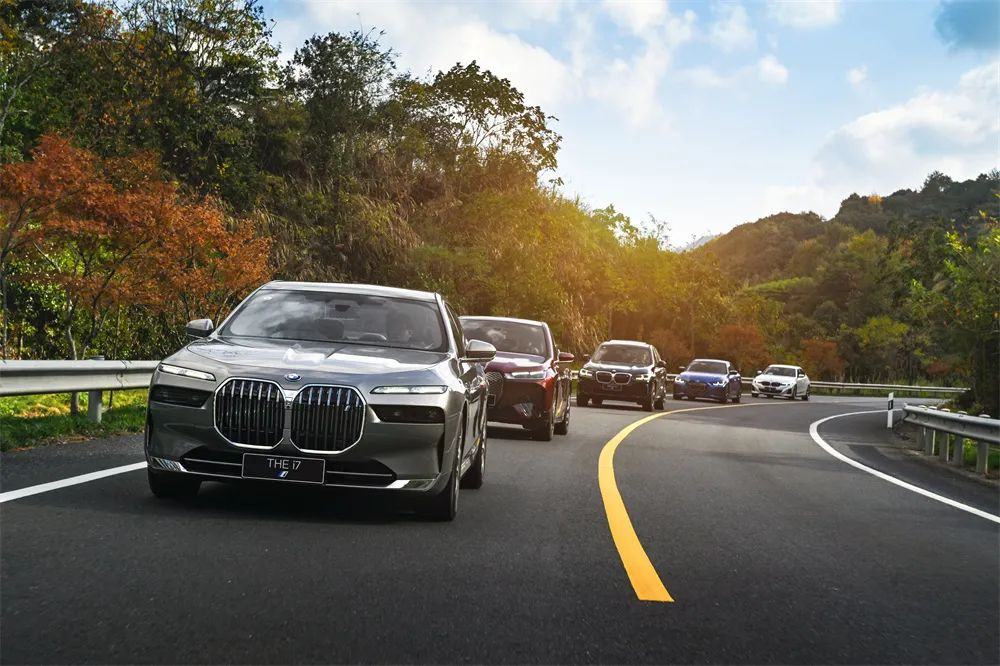
Moreover, the luxury electric vehicle market is a comprehensive competition, which requires brand value improvement from products, services, marketing, technology, and other aspects. This is the field that BMW and Mercedes-Benz are good at, but is lacking for new brands.
What needs to be tested is whether brands that are good at playing long-sleeved tricks in the luxury market have the technical reserve for transformation. Obviously, BMW is not “slow to react”.
Regarding electrification, BMW has been doing it for 50 years.
In 1972, in order to prevent athletes from inhaling exhaust emissions, BMW made a “marathon guidance car”, the BMW 1602 Elektro-Antrieb, which made its debut at the Munich Olympics. As a first attempt, only one was made, but BMW’s efforts for environmentally friendly cars have never stopped.
Following in the footsteps of the 1602E, BMW started the research and development of new energy vehicles. Even after 50 years, whether it is electrification or intelligent digitization, BMW’s technical reserve is rich.
As a well-known example in the industry, the first funding and technical standards of CATL came from BMW. It is thanks to BMW’s high standards and strict requirements for core suppliers that CATL has become the top battery supplier in the industry.
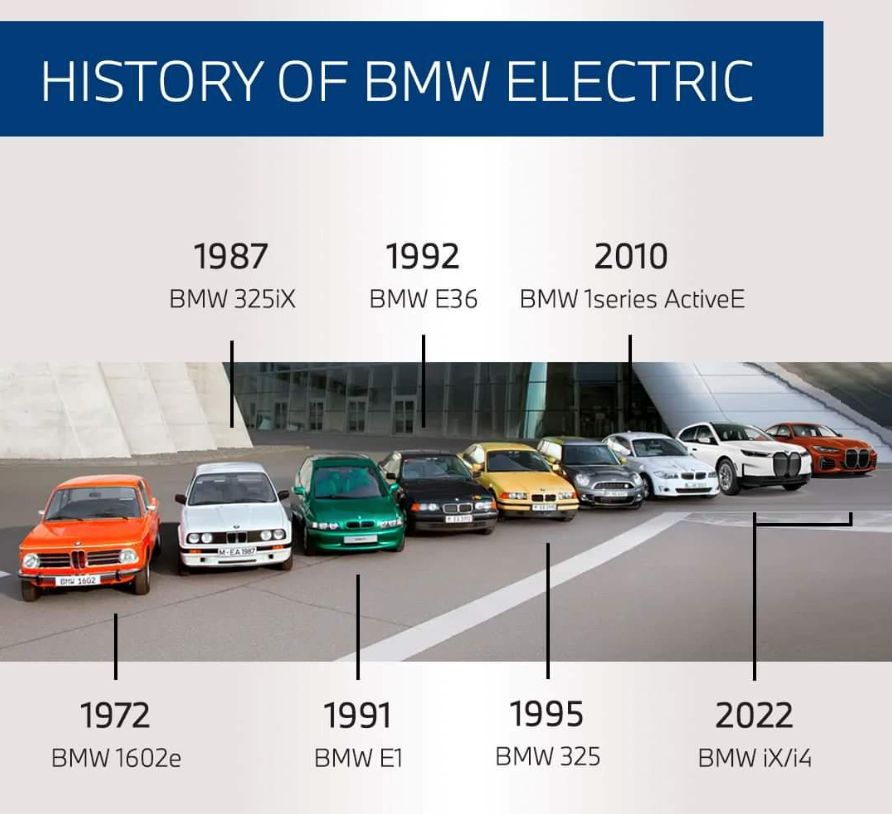
Through continuous experimentation and innovation, BMW has a complete ecosystem and rich technical resources. Most importantly, in the process of exploration, BMW established the strategic concept of “NEW CLASS”, which is regarded as a rethinking of the core of the automobile.Since the launch of the new BMW sub-brand “i” in 2011, the release of i3 in 2013, and the i-NEXT strategy in 2021, with the “NEW CLASS” model strategy, BMW has always maintained foresight, constantly breaking free from existing architectures, and comprehensively renewing its product logic. The all-new BMW i7 is the best carrier of innovation.
Who defines the standard of luxury electric vehicles?
In the era of electric vehicles, what is luxury?
Currently, there are few high-end electric vehicles on the market that can answer this question. The reason is simple: if you haven’t built a luxury brand, or operated a luxury ecosystem, how can you understand the “luxury feeling”? This is actually very difficult.
Most models are limited to “technological luxury”, with no more explicit brand labels beyond similar prices and smart electrification. As competition intensifies, consumer demands will increase. They not only need technological luxury, but also experiential luxury.
Technological luxury is easy to define, but what about experiential luxury? This involves the age-old issue of premium branding which has been discussed many times in the era of traditional fossil-fueled cars. It cannot be achieved simply by piling up technology, requiring accumulation over time.
Last year, with 846,000 new car sales in China, BMW returned to the top of the global luxury brand sales rankings after five years. This largely indicates consumers’ return to luxury demand.

In this era where the product competition standard is rewritten, traditional luxury brands need to overcome the difficulty of engineering systems converting to electrification, and this conversion must be thorough. After experiencing the swings of “conversion from oil to electricity”, BMW, which doesn’t dwell on past successes, has begun to reclaim the role of rule maker. In 2016, Project i, which was responsible for exploration, was disbanded, and the appearance of the new department iPerformancei indicates BMW’s return.
If the transformation pace of BMW is described, it is “solidly building competitive products.” That’s right, it’s solid.
BMW has been working hard on battery technology. For example, in the pure electric model of the 3-Series, it tried to use fast charging to achieve 75% battery capacity in 40 minutes, and also tried to use brake energy recovery technology. Now, efficient charging of 80% in 40 minutes has become an important indicator of electric vehicle energy replenishment.From iX and iX3, to i3, i4, and even the electric flagship BMW i7, BMW has moved all of the products that could drive sales in the era of internal combustion engines to the electric platform.

After test-driving the all-new BMW i7, more and more voices are saying that “BMW is the luxury pioneer in the era of electrification”. As the flagship of the “electric era”, the grand masterpiece of innovation and accumulation, the all-new BMW i7 can better answer the question of “What are the features of BMW’s luxury electric vehicles?”.
Undoubtedly, this is a flagship model that best embodies BMW’s new era thinking, bringing together digital technology, electric power drive technology, and circular economy concepts. BMW has given a fresh interpretation of the word “luxury.”
“We believe that today’s trends in China will lead the world tomorrow.” said Jolyon Nash, President and CEO of BMW Group Greater China, at the launch of the all-new BMW i7.
BMW undoubtedly has a leading edge in battery technology. Currently, BMW plans to produce GEN6 cylindrical batteries, which have a larger capacity compared with Tesla’s 4680 batteries.

In addition to battery technology, the electric drive system of the all-new BMW i7 features a rare-earth-free design, and the high-performance reluctance synchronous motor system that integrates motor, inverter, and gearbox adopts green energy production. As a result, carbon emissions are reduced by 20%, further reducing its impact on the environment.
The all-new BMW i7 thoroughly inherits BMW’s concept of “circular economy.” For example, the use ratio of high-standard recycled aluminum reaches 50%, the automotive electronic harness is made of 60%-100% recycled plastic, circular process is used in the production manufacturing process, and carbon emissions from aluminum and plastic processing are reduced by 80%, etc.For BMW, electrification is not just about producing an electric car, but considering the economic cycle of the entire process. This is also why BMW, with 50 years of accumulated technology, did not immediately dive into electric cars.

Of course, BMW will not lose its “driving control” DNA for making an environmentally friendly electric car. The electric drive system of the all-new BMW i7 can also demonstrate superior driving performance while supporting environmental protection. During the driving process, precise handling, chassis texture, and surging power are all directly reflected.
In terms of intelligence, BMW has also maintained its character. It is not simply a technology stack, but incorporates its understanding of luxury and humanization over the past century. The digital experience of the all-new BMW i7 can achieve a more precise, efficient, and reliable intelligent driving experience.
In terms of hardware, there are more than 30 sensors, including the Mobileye 8 million-pixel car camera, to fully perceive the hardware configuration. In terms of software, it is equipped with the self-developed BMW iDrive and BMW Operating System 8.0, which can provide users with a unique digital experience.

BMW hopes to maintain its product’s strong performance regardless of how times change.
“If we can only keep one core value, it must be ‘driving control.’ We hope to become the ‘BMW among electric cars,'” said Liu Tao, the CEO of IM Automobile, which also shows the strong DNA of the BMW brand.
The appearance of the all-new BMW i7 fully demonstrates how a senior luxury brand can integrate technology standards and branding to form product advantages. As for how to create a pure electric luxury car, there was no common standard prior to the launch of the BMW i7.## Victory is not now
Can BMW bring a systematic standard to the industry as a luxury brand enters electrification? It depends on whether the all-new BMW i7 can raise the benchmark in the market.
The answer is yes.
The starting point of the all-new BMW i7 is high. Behind this high starting point is BMW’s systematic cultivation in the field of electrification and digitization, with the unique battery and electric drive system technology that distinguishes it from its competitors.
In addition to BMW’s DNA for appearance and interior design, the all-new BMW i7 can establish the standard for luxury electric vehicles, thanks to its advancement in digitalization.
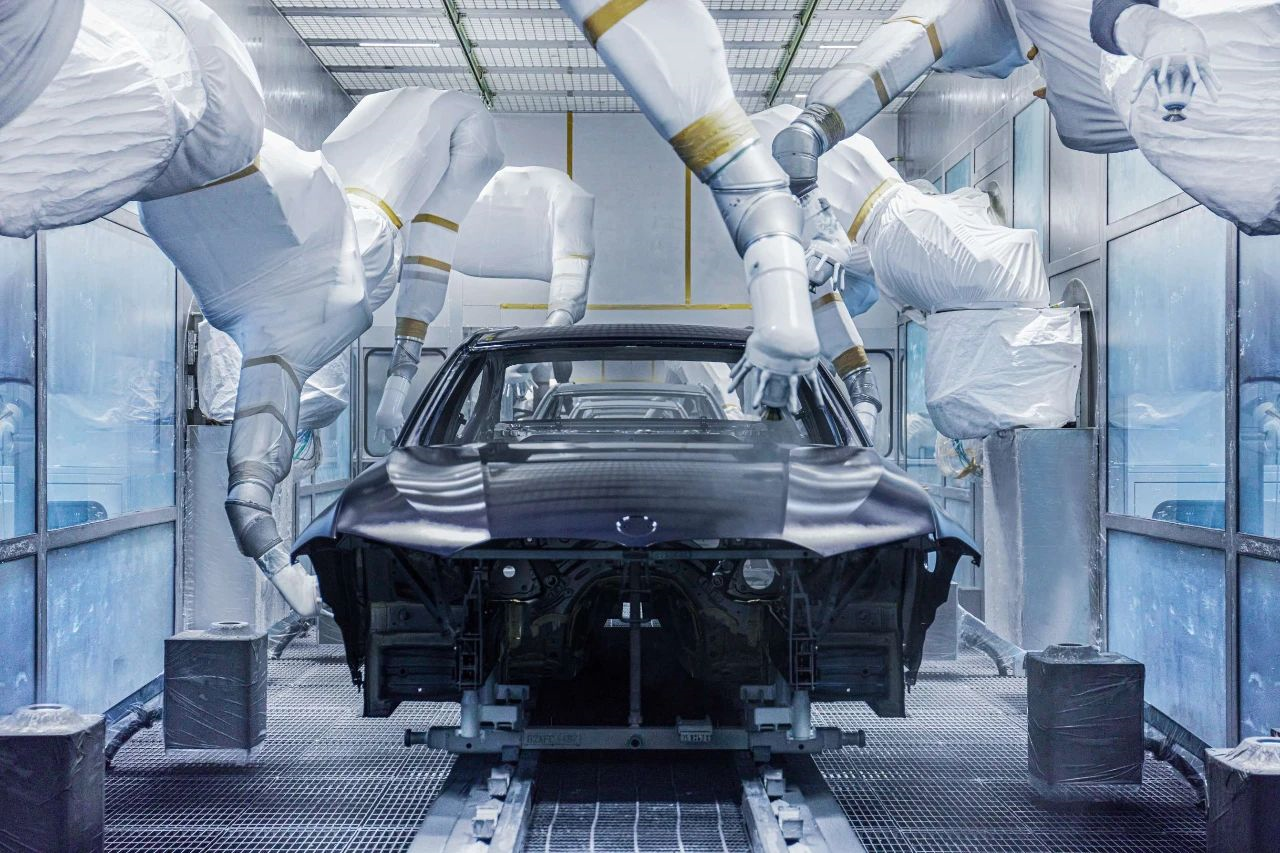
Digitalization is a crucial indicator that truly starts from the user. Comprehensive electrification and digitalization will require new demands and massive investment in the entire value chain, including architecture, batteries, chips, manufacturing, and more.
BMW is willing to invest in users and the circular economy. The company does not make electric luxury vehicles solely for the sake of technology or luxury, but rather to integrate green concepts throughout the entire value chain.
At present, BMW is actively involved in research and investment in solid-state battery technology. As a century-old company in the industry, BMW’s vision is more forward-looking, hoping to deeply participate in the research and development of the supply chain in the new era and form a competitive advantage in integration capabilities.
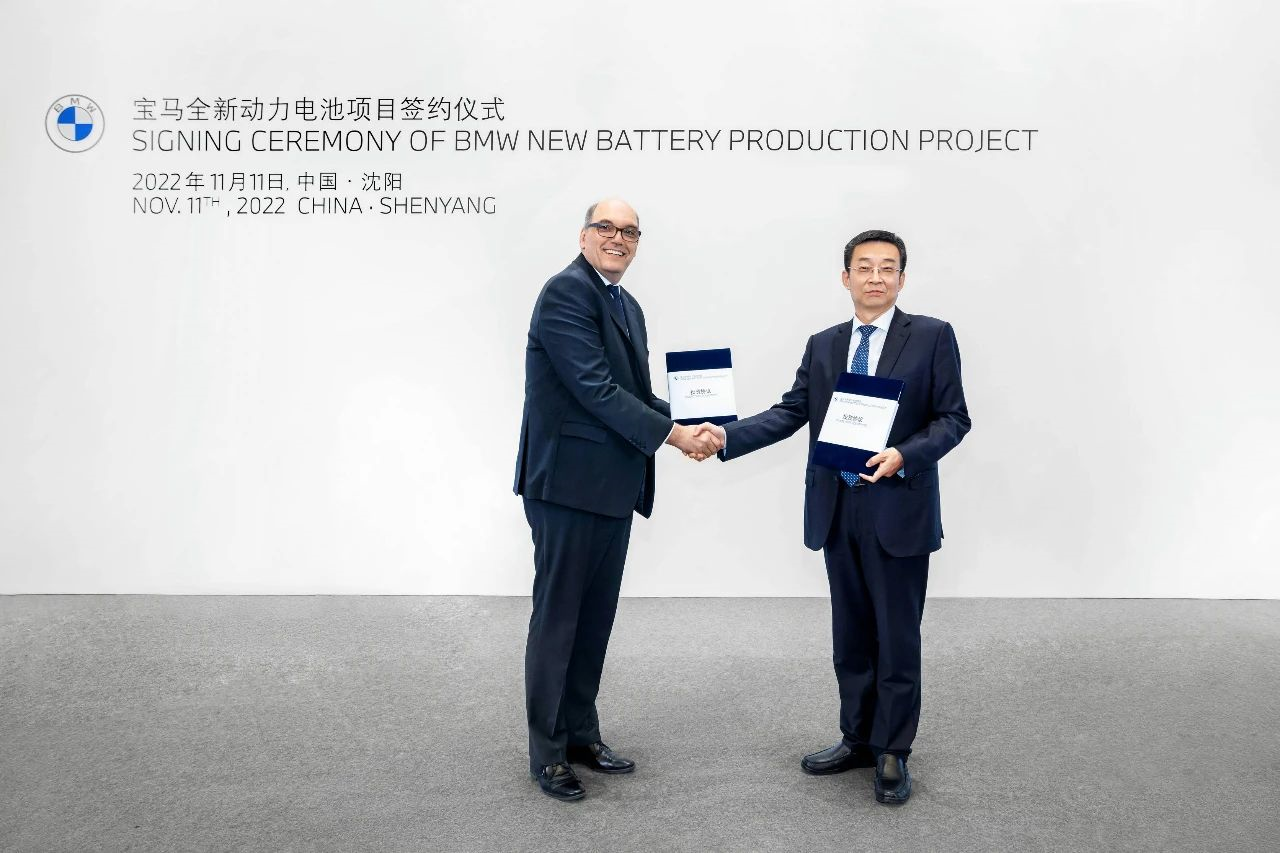
Under the electrification movement, a more explicit and component-friendly modular approach is also emerging.
Recently, BMW announced that its next-generation pure electric products will use the Neue Klasse pure electric platform and adopt battery-chassis integration technology to both improve performance while lowering costs. In addition, BMW requires battery manufacturers to use a certain amount of recycled materials to reuse resources, making the entire life cycle of electric vehicles more environmentally friendly.
In addition to technological deployment, under the strategic guidance of “In China, for China, for the world,” BMW is accelerating localization and upgrading production bases and dealership networks.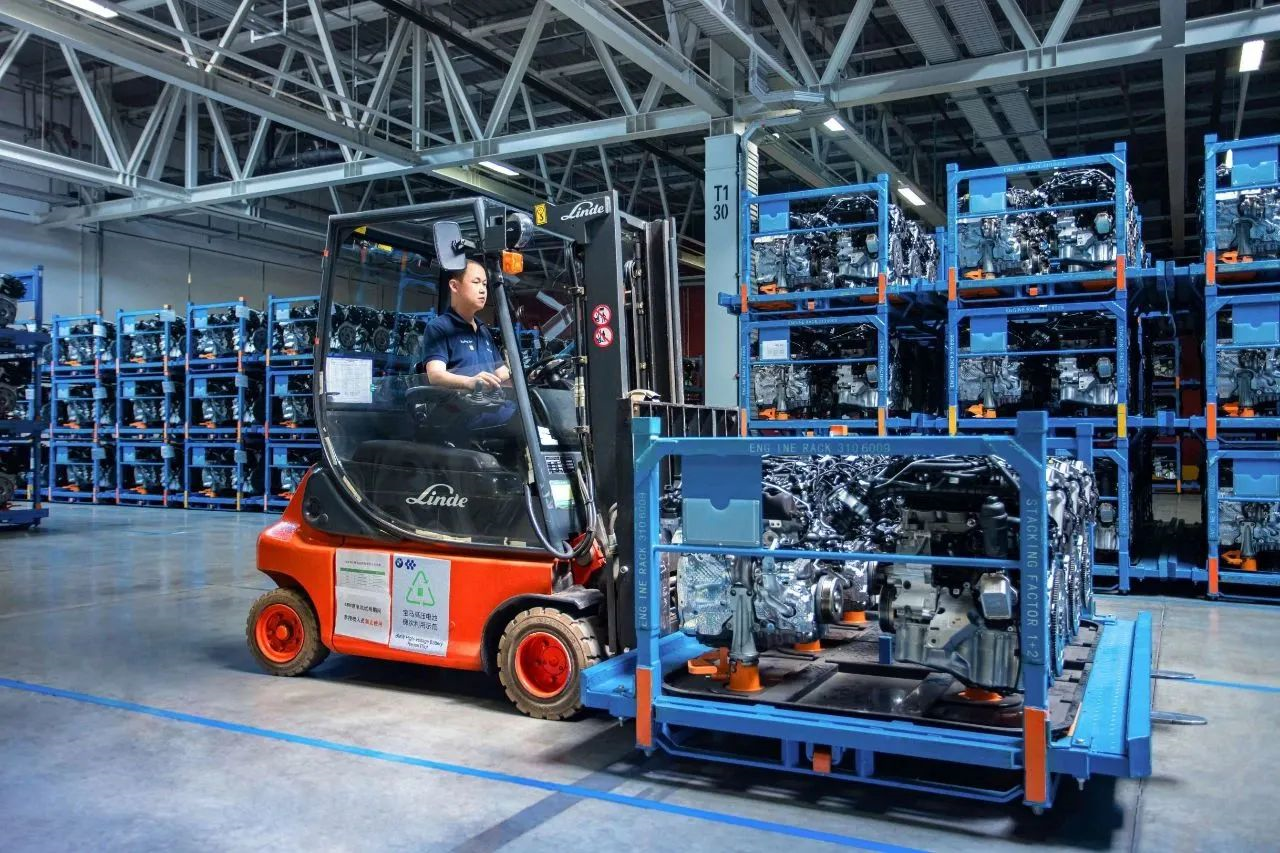
In the era of electrification, the transformation of the production network is equally important. In June of this year, the Shenyang Lida factory, with a total investment of 15 billion yuan, opened. This is an example of BMW’s iFACTORY production strategy, which has a flexible and electrified production system, and achieves a maximum production capacity of 100% for electric vehicles.
Whether in the past, present, or future, BMW has always defined car production.
Born from the “Platform Strategy”, BMW deployed the AI platform “Lighthouse” in the Lida factory, which can provide a platformized environment for AI application innovation related development, deployment, integration, and operation services. From factory planning, building design, production line layout to equipment commissioning, the entire Lida factory is operated in a digital scenario.
“At present, BMW is advancing rapidly on the road of digitization in China.” Gao Lexi hopes that BMW can use digital technology and innovative achievements to create value for customers in the digitization of R&D, manufacturing, and in-car digital experience.
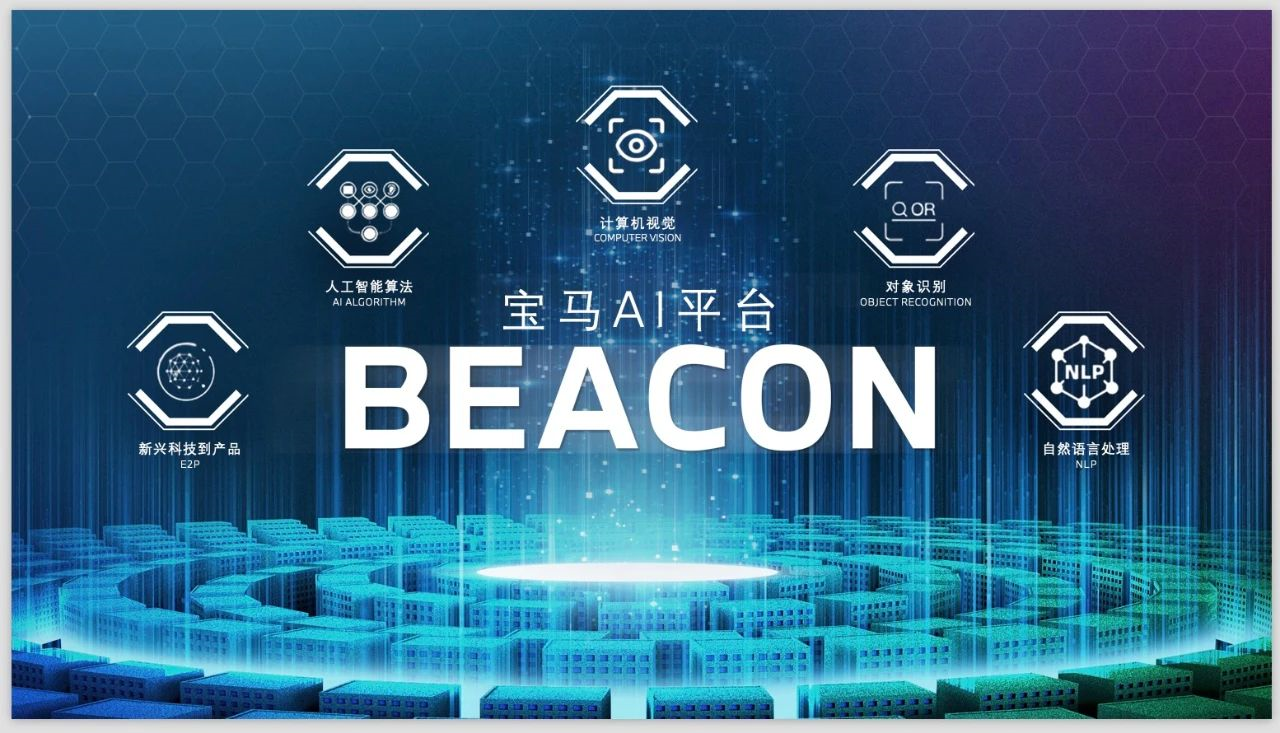
From the brand new BMW i7, it can also be seen that BMW’s digital transformation is firm and thorough, and is completely based on customer needs and experiences.
On October 1st of this year, BMW established the “Digital Car” department, which integrates all digital-related R&D businesses such as automated driving and driving assistance, intelligent connectivity, and digital services into one department, promoting the internal integration of digital R&D strength.
BMW provides remote software upgrades for models equipped with the BMW iDrive intelligent human-machine interaction system worldwide, including more than 200,000 vehicles in the Chinese market and multiple model series.
Remote software upgrade is a full-vehicle OTA upgrade, involving digital services, driving assistance, electrical systems, chassis, and power systems, and is more technologically advanced. Through comprehensive remote software upgrades, BMW’s intelligent technology always remains in the lead.In order to enhance customer experience, BMW has established an institution dedicated to digital services, committed to examining business processes from the customer’s perspective and building seamless online and offline customer experiences.
At the dealership level, BMW’s new dealership operation platform SPARK is launching pilot tests. By integrating the information produced by customers on various business ends, the platform generates visual business reports to help dealers optimize operations based on data.
Building end-to-end high-end brand experiences from the inside of a car to the outside and from online to offline is the ultimate goal of BMW’s digitalization process.
“Digitization is not just a change in technology, but a change in the entire organizational structure, management system, and corporate culture. This journey is long and arduous, but we are working hard in this journey,” said Gao Le.
BMW’s strong digital integration capabilities stem from forward-looking top-level designs and continuous accumulation. Currently, BMW’s digital advantages have been reflected in its product strategy. With the launch of the pure electric BMW i7, BMW has five pure electric vehicle models available in China, including the BMW iX, BMW i4, as well as the domestically produced BMW iX3 and BMW i3.
The expansion of the BMW model matrix reflects the company’s firm commitment to innovation and sincere attention to customer needs, as well as the positive feedback the BMW pure electric vehicle models are receiving in the market.
One could say that BMW is engaged in a “two-way journey” with the market. “We have been waiting for the moment when electric vehicles will truly enter mass production,” said Oliver Zipse, Chairman of the Board of Management of BMW AG, who has set a goal for three years from now to decide the winner or loser.
This article is a translation by ChatGPT of a Chinese report from 42HOW. If you have any questions about it, please email bd@42how.com.
